Bhavish Aggarwal, a middle-class Punjabi boy who failed JEE in the first attempt, but still his story is a fairy tale of modern times, and now Ola Cabs founder Bhavish Aggarwal is the youngest billionaire in India with a net worth of 21,000 crores rupees. However, it is not merely a luck thing, it is about transforming personal frustrations into billion-dollar solutions. Bhavish Aggarwal success story begins with his achievement of AIR 23 in JEE on his second attempt, as well as the creation of Ola, the largest mobility system in India, is invaluable to every budding entrepreneur.
This Article of Vitatales will explore everything about Bhavish Aggarwal, all his businesses, including his personal life. Let’s start with his background and early life.
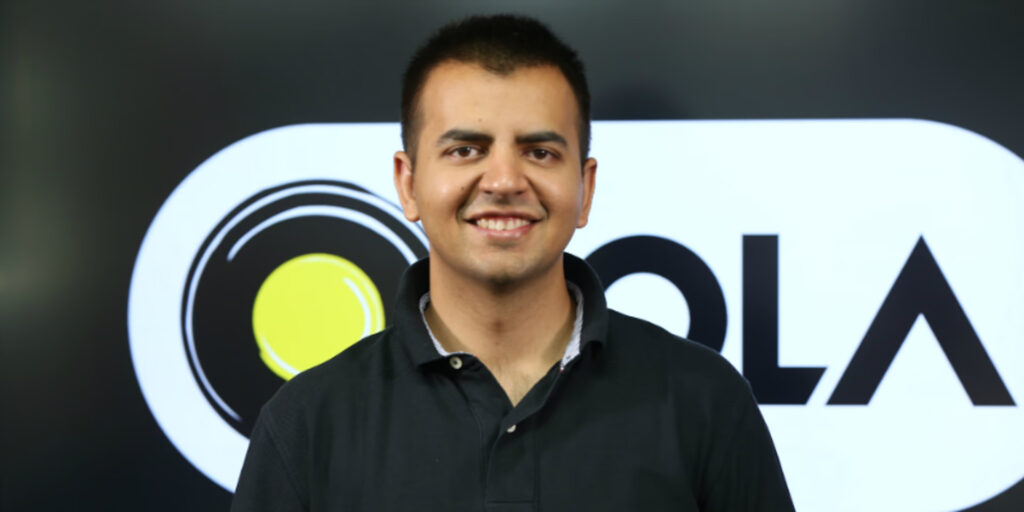
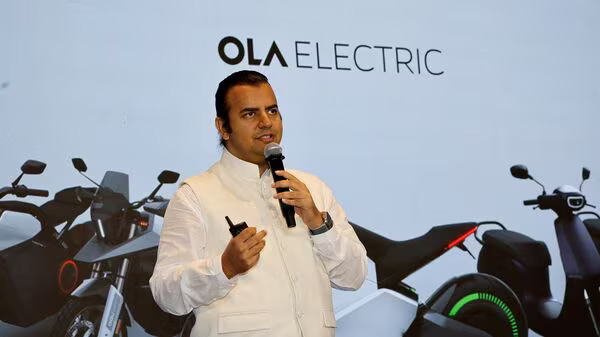
Background and Early Life of Bhavish Aggarwal
Bhavish Aggarwal was born on 28th of August 1985, in Ludhiana, Punjab, in a typical middle-class family. Bhavish Aggarwal Parents, Naresh Kumar Aggarwal and Usha Aggarwal, are both doctors who gave strong foundational educational values to. The most interesting part of Bhavesh was that he initially was not the stereotypical “topper” that many expected future entrepreneurs to be.
Once Bhavish Aggarwal revealed in an interview that:
“I was a very well-behaved, not a very studious guy, but not so studious also. I was a balanced person throughout my school life”.
He was an average student who maintained 80-85% in his school days, which was considered good performance 15-20 years ago in the Indian Education System.
The JEE Journey and IIT Bombay Success
As you know, it’s a historic tradition for almost every aspirant who is dreaming of IIT that he will go to KOTA to fulfil his dream of getting a good college. Bhavish also went to KOTA to prepare for JEE, but sadly, he could not manage to clear the exam on his first attempt. So he returned home to Ludhiana, took a gap year and prepared again.
This time, his hard work got the deserved justice. Bhavish Aggarawal, in his second attempt, cracked JEE with an All India Rank of 23, placing him at IIT Bombay in the Computer Science and Engineering Field. And we should not forget that moments like this often become the defining moments for someone’s growth, as they show resilience and the ability to bounce back. And yes, this helped Bhavish also, but how? Keep reading, you will get the answer soon.
Bhavish Aggarwal Education and Microsoft Research
In 2007, during his final year of graduation at IIT Bombay, he got an internship at Microsoft Research India for three months. And after successfully graduating in 2008, Bhavish Aggarwal secured a full-time position at Microsoft as an Assistant Researcher.
Bhavish’s job tenure at Microsoft was remarkably productive. In just the span of two years from 2008 to 2010, he filed two patents and published three research papers in International Academic Journals. The boy, who is just 25 years old, these achievements are like milestones that most professionals aspire to reach much later in their careers. This achievement, technical brilliance and research capabilities set him up for a promising corporate career.
Bhavish Aggarwal Wife – A Love Story from IIT Days
A successful entrepreneur is usually surrounded by an enabling partner, and in the case of Bhavish Aggarwal, that individual is Rajalakshmi Aggarwal. Their love affair started in the year 2007 at IIT Bombay, where they both were students at the university, majoring in engineering. Rajalakshmi was a Tamil woman who was studying at the time when Bhavish was in his Computer Science course.
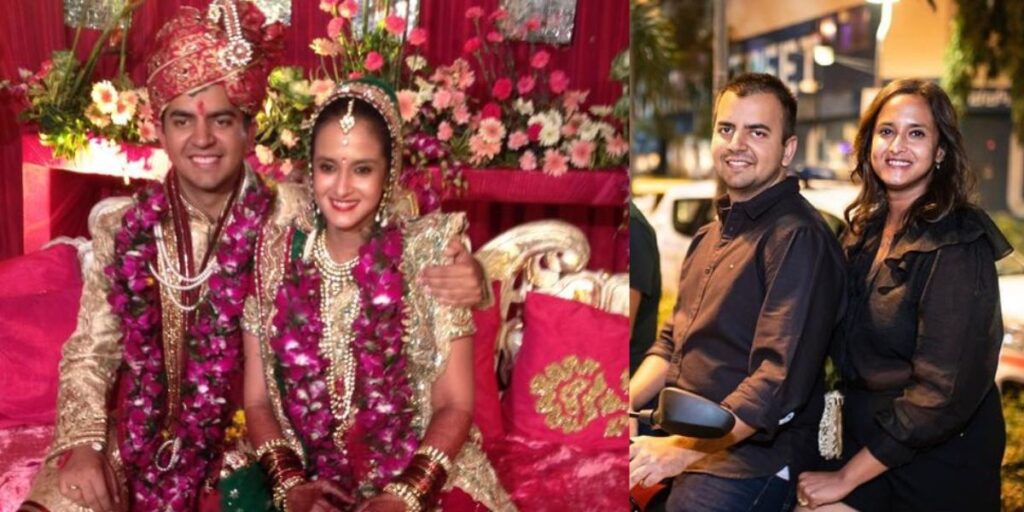
They have a relationship for six years, which culminated in their marriage in 2014. Rajalakshmi Aggarwal was an Analyst and Marketing Manager at Ernst and Young and discovered her social work when she joined the Ola Foundation in 2016.
The Financial Support That Changed Everything
In the early days of Ola Cabs, when funding was scarce and the future uncertain, Rajalakshmi provided crucial financial support to keep the startup afloat. Bhavish Aggarwal has made no secret of the fact that his wife supported them at the difficult start-up stage of the construction of Ola with her income.
Today, Rajalakshmi Aggarwal is the head of Ola Foundation, and she rarely appeared in public during the NSE listing event of Ola Electric in August 2024. The couple are proud parents of two kids, and they live in Bengaluru and still manage to balance family life and work.
Major Struggles and Challenges Faced by Bhavish Aggarwal
In 2010, it was seen as a career suicide to quit a prestigious position in Microsoft to join an unknown startup venture. Bhavish Aggarwal had serious family issues, particularly the parents who were concerned with the financial situation and even his marriage chances.
It was not normal, as a society, particularly in a fairly smaller city such as Ludhiana, that professionals whose son has graduated in engineering would, in fact, venture into starting up companies.
The Taxi Incident That Sparked a Revolution
Ola was inspired by a very frustrating experience in life. On their way back to Bangalore with a friend, Akit-Bhati, their taxi driver dropped them along the way and insisted on more money than the price agreed upon. They would be stuck when Bhavish denied them the extra payment.
This accident was not merely a nuisance to the Indian people, but it was an eye-opener to a systemic issue in the transport sector of India that was happening to millions of people every day.
The Brutal Uber War
The feature of the problem was probably the most characteristic when the world giant Uber entered the Indian market in aggressive mode. This was followed by a price war where rides that were priced at 300 rupees were now selling at 99 rupees or less. It was not merely rivalry, but it was also a kind of financial stamina contest that was likely to drain the resources of both companies.
The war put all elements of the Ola business model to test, including driver retention and customer loyalty, in addition to consuming cash reserves at a disturbing pace.
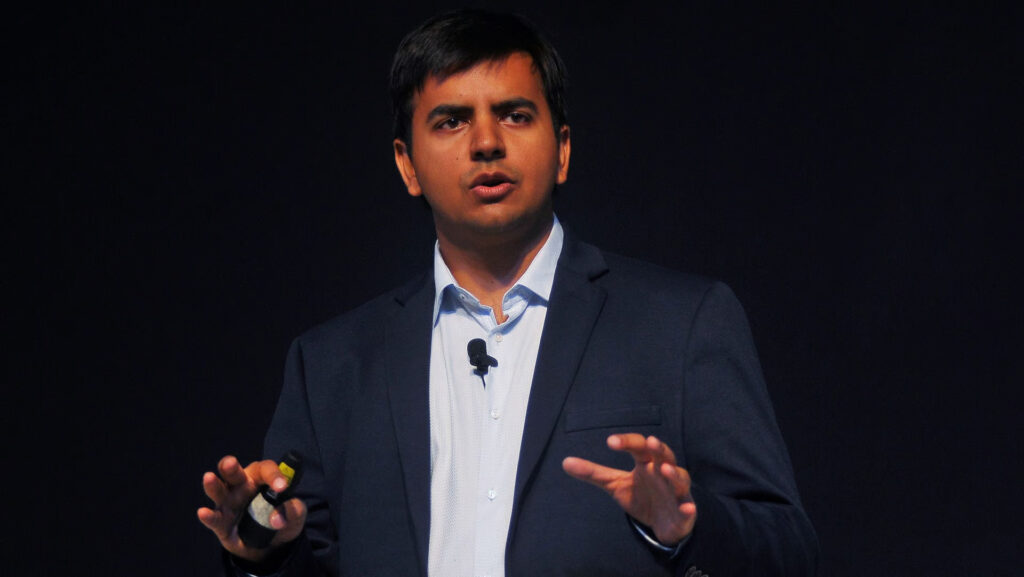
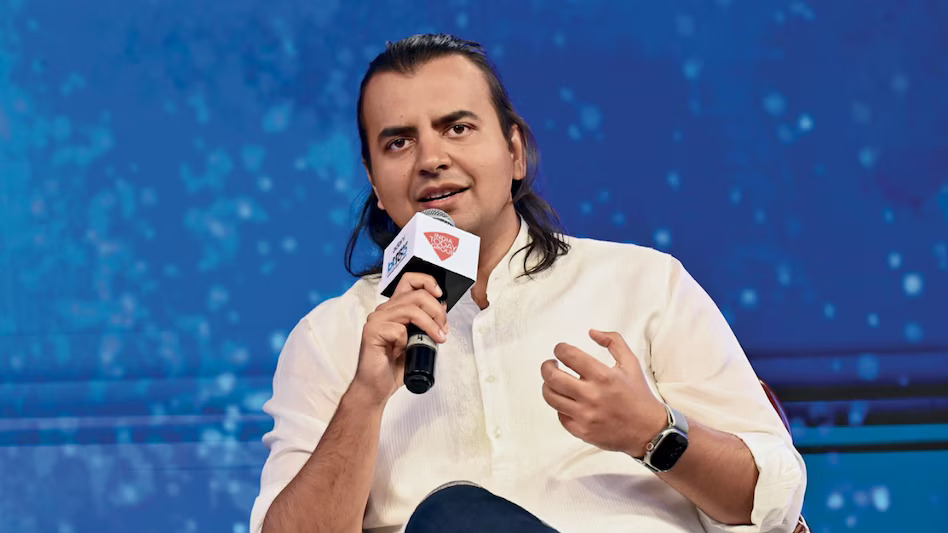
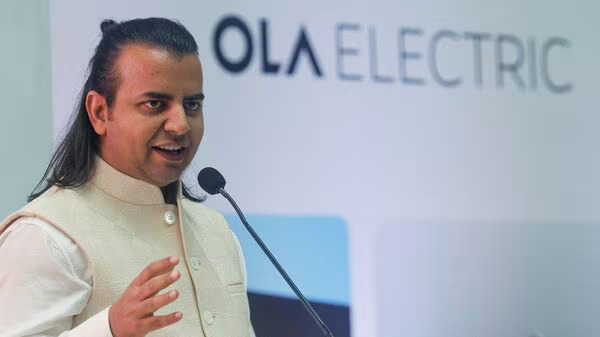
Key Moments and Achievements That Defined Success
From Holiday Packages to Urban Mobility
Ola was not an initial cab-hailing service. Its initial idea was that of Olatrips which is a holiday package and outstation trip booking site. The transformation to urban transportation came following the notorious taxi incident when Bhavish discovered the huge potential in the daily commuting issues.
Strategic Market Penetration Beyond Metros
Whereas Uber targeted big metropolitan areas, Bhavish Aggarwal made a strategic move in the game: enter India’s tier-2 and tier-3 cities. By 2016, Ola had a presence in more than 100 cities, as compared to Uber, which had a presence in approximately 30 Indian cities.
This expansion included:
- Vernacular language support for regional users
- Lighter app versions for budget smartphones
- Cash payment options alongside digital wallets
- Auto-rickshaws and shared transportation suited for smaller cities
Bhavish Aggarwal Net Worth and Billionaire Status
Is Bhavish Aggarwal a billionaire? Absolutely. By 2025, the net worth of Bhavish Aggarwal can be at estimated between 2.6 billion and 21,000 crores (around 2.5 billion), which makes him one of the youngest self-made billionaires in the world.
His fortune is mainly derived from:
- Significant stake in Ola Cabs
- Ola Electric public listing success
- Krutrim AI startup valued as India’s first AI unicorn
- Various other investments and ventures
Beyond Transportation: The Diversified Empire
Bhavish Aggarwal’s vision extended far beyond ride-hailing. Ola evolved into a comprehensive ecosystem offering:
- Ola Electric: Manufacturing electric scooters and planning electric cars
- Ola Money: Financial services and digital payments
- Ola Foods: Cloud kitchen and food delivery services
- Krutrim: AI company focusing on Indian languages
- International operations in New Zealand, Australia, and the UK
The Kunal Kamra Controversy: Leadership Under Fire
Kunal Kamra Bhavish Aggarwal Social Media Battle. In October 2024, Bhavish Aggarwal received a lot of backlash in a fiery Twitter argument with a comedian named Kunal Kamra. The scandal started with Kamra sharing photos of Ola Electric scooters accumulating dust outside service shops, pointing out that the company has problems with customer service.
Bhavish Aggarwal replied in a defensive manner and accused Kamra of writing paid tweets, and dared him to work in the service centres of Ola. His tweets contained such statements as I will even pay you more than you made on this paid tweet or your unsuccessful career as a comedian.
This event has supported the difficulties Ola Electric experiences, as close to 80,000 complaints are reported every month, and the inability of the corporate leaders to behave professionally.
Life Lessons and Inspirational Tips from Bhavish Aggarwal’s Journey
- Take Failure as a Lesson Experience: Bhavish Aggarwal did not allow his failure in JEE to characterise him. Rather, he used it as a motivational factor to work harder and ultimately acquired AIR 23. Failure is seen as a major source of strength towards success in the future.
- Transform Personal Issues into Business Solutions: Ola was not only a business idea of Bhavish but an answer to his personal problem of poor transportation. Good business concepts tend to resolve issues that you have encountered in life.
- Constructs of the Real India and not only Metro Cities: This time around, competitors had concentrated on Delhi and Mumbai, whereas Bhavish realised that smaller cities were the way to go in India. Unmet markets may be rewarded with success.
- Invest in the Long-term Vision more than Short-term Gains: Bhavish insisted on a long-term sustainable business model as opposed to competing on the basis of price alone, although the Uber price war occurred.
- Use Your Education as Your Foundation: His education at IIT Bombay and his experience at Microsoft made him technically credible, and this translated into attracting investors and talent to Ola.
- Get the Right life partner: Ola needed the services of Rajalakshmi Aggarwal, and her financial assistance, as well as emotional support, saved the company in the early struggling days.
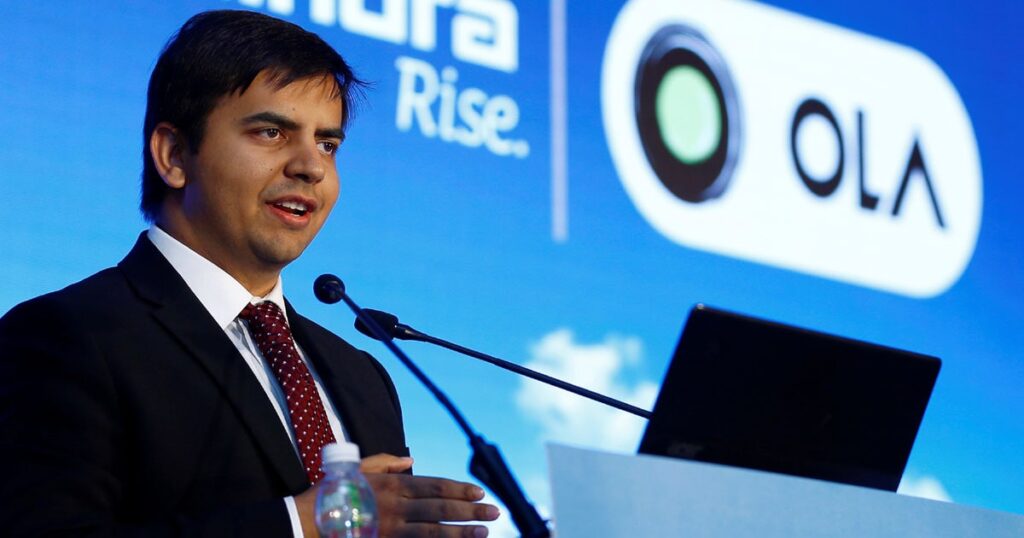
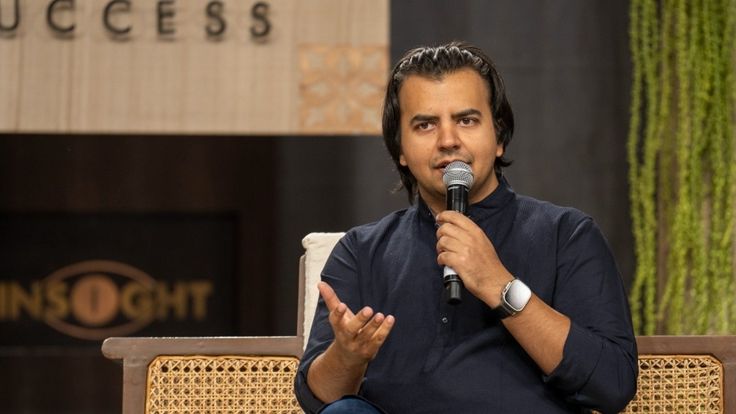
Practical Ways to Apply These Lessons in Your Life
Begin with Market Research: Before entering any business, get into the ins and outs of the special needs and limitations of your target customer. The reason why Bhavish succeeded is that he realised the transportation issues that were unique to Indian conditions.
Cultivate Technical Competence: Acquire excellent groundwork skills in your course of study. Bhavish had credibility with investors and other members of the team because of his education to IIT and experience with Microsoft research.
Develop Multiple Revenue Sources: Do not stick to a single business model. The diversification of Ola through electric vehicles, financial services, and AI shows that diversification is significant.
Solve Real Problems: Be sure that your business is focusing on real pain points, and not finding a solution in search of a problem. The most successful start-ups address the everyday frustrations of millions.
Retain Financial Discipline: As a billionaire, Bhavish keeps savings and fixed deposits and not speculative investments. Intelligent management of finances is the key to success over the long term.
Develop Good Working Relationships: Capitalize on contacts in academic and past work places. Ankit Bhati, the Ola co-founder of Bhavish, was also his IIT Bombay classmate.
As Bhavish Aggarwal once said, “I want to be first to market. I want to have the biggest factory. I want the most market share. I want to define the electric revolution.” This ambitious mindset, combined with practical execution and resilience, has been the cornerstone of his extraordinary success.
Conclusion: From Student to Visionary Leader
The story of how Bhavish Aggarwal, a failed first-time applicant to JEE, went on to become the pioneer of mobility in India with [?]21,000 crores net worth is a clear indication that despite the fact that there is no substitute to luck, having just the right problems and perseverance in the face of odds lead you to the top. His life story – the acquisition of AIR 23 during JEE and the establishment of a billion dollar enterprise by Ola, is an indication that academic performance, technical ability and entrepreneur vision can make a long-term difference.
The biggest takeaway of the Bhavish story is that great businesses are not created in boardrooms, it is created by real problems and the willingness to address them on a massive scale. You might be at a crossroad between your career, or you might be starting a business venture and keep in mind that even the most successful business men and women suffer failures, criticism and confusion.
Are you willing to become an entrepreneur? This is a motivating story of Bhavish Aggarwal and the success of Ola that someone in need of motivation should know about today. Life on the Indian side of the Atlantic, however, has other great success stories, which, however, are not documented in vitatales.com but are equally fabulous tales of Indian visionaries who dared to dream big and who changed whole industries.
Frequently Asked Questions (FAQs)
Who is Bhavish Aggarwal?
Bhavish Aggarwal is the co-founder and CEO of Ola Cabs and founder of Ola Electric. He’s one of India’s youngest billionaires with a net worth of approximately ₹21,000 crores, known for revolutionizing India’s transportation industry.
Is Bhavish Aggarwal a Billionaire?
Yes, Bhavish Aggarwal is indeed a billionaire with an estimated net worth of $2.6 billion (₹21,000 crores) as of 2025, primarily from his stakes in Ola Cabs, Ola Electric, and Krutrim AI.
What is the Rank of Bhavish Aggarwal in JEE?
Bhavish Aggarwal secured AIR 23 in the JEE examination on his second attempt, after failing to crack it in his first try. He then joined IIT Bombay for Computer Science and Engineering.
Who is the real founder of Ola?
Bhavish Aggarwal co-founded Ola Cabs in 2011 with his IIT Bombay batchmate Ankit Bhati. Both are considered the real founders, though Bhavish serves as the CEO and is the more public-facing co-founder.
What is the Net Worth of Ola?
Ola Electric achieved a valuation of nearly $7 billion during its public listing in August 2024. The entire Ola ecosystem, including mobility, electric vehicles, and other ventures, is valued at several billion dollars.
How did Bhavish Aggarwal start Ola cabs?
Bhavish Aggarwal started Ola after a frustrating experience with a taxi driver who abandoned him and his friend midway during a trip and demanded extra money. This incident inspired him to create a reliable transportation solution for India.
